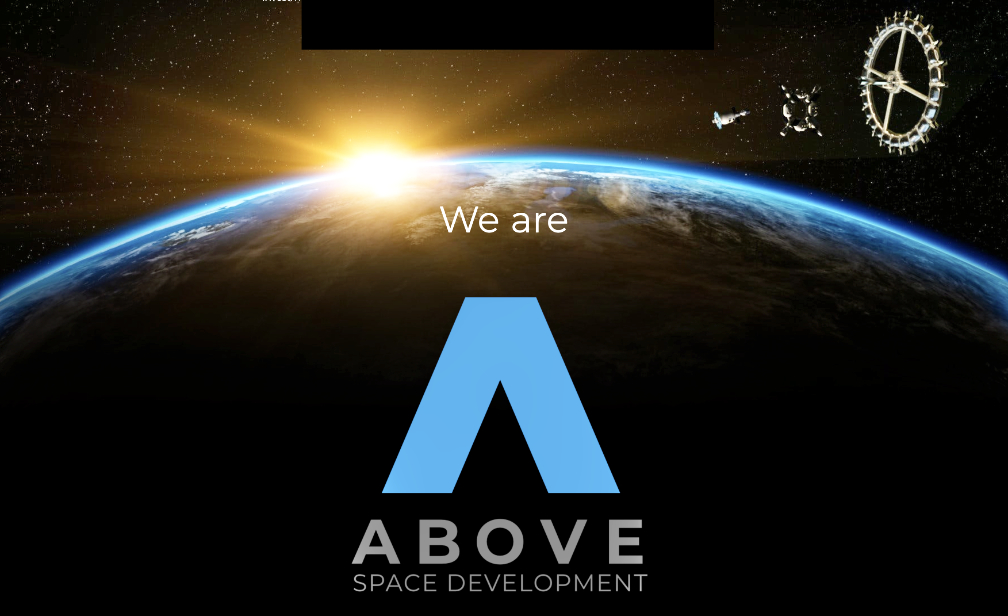
Above: Orbital, a company that designs and develops adaptable, space-based platforms for the U.S. Department of Defense (DoD) and commercial customers, successfully completed a test of the firm’s proprietary cold gas engine thruster technology and software and that represents a significant, proprietary industry milestone in developing artificial gravity platforms.
Select this direct link for a video shot at Marshall Space Flight Center.
This SAA agreement provides access to facilities and support for systems testing, technology and tools and collaboration on multiple technologies that Above is developing for commercial, civil and government customers for habitable cislunar space stations and near-term launch projects.
The test was conducted in collaboration with the NASA Marshall Space Flight Center Flat Floor Robotics Lab in Huntsville, Alabama. It offers an extremely flat surface that allows objects to move across it on a near frictionless, cushion of air. Companies, such as Above, collaborate with NASA MSFC’s lab to test their space engineering technologies in the same facility where NASA space shuttle and other space technologies have been validated.
Above conducted the test to validate the internally designed rocket thrusters, structure, avionics, and control algorithms to be used in maneuvering a space station that provides hybrid gravity and the firm was able to validate the precision of its technologies just as they would function in space.
A large space station will require the ability to provide and manipulate gravity for a variety of applications including manufacturing, research, defense, and tourism. The ability to spin or rotate a station creates a level of gravity and Above was able to validate the precision of its technologies as they might function in space.
“This is exciting and further validation of our partial gravity control systems,” said who oversaw the test accompanied by the Above engineering team, partners, and investors. “Our test was conducted in collaboration with NASA as part of our recent Umbrella Space Act Agreement (SAA). We couldn’t be prouder of our stellar team who demonstrated that we could rotate and control our space station and that we are a strong competitor in the space ecosystem. Above is well positioned with commercial and government partners to provide more space in space, using existing, commercial off the shelf technologies in new and innovative ways. We’re taking the incremental steps to derisk our technology and demonstrate our near-term capabilities and relevancy for our longer-term objectives building platforms and ultimately full space station where people will live, work and play.” — Rhonda Stevenson, CEO and President, Above
